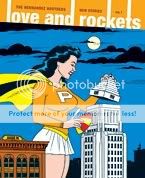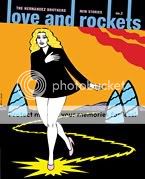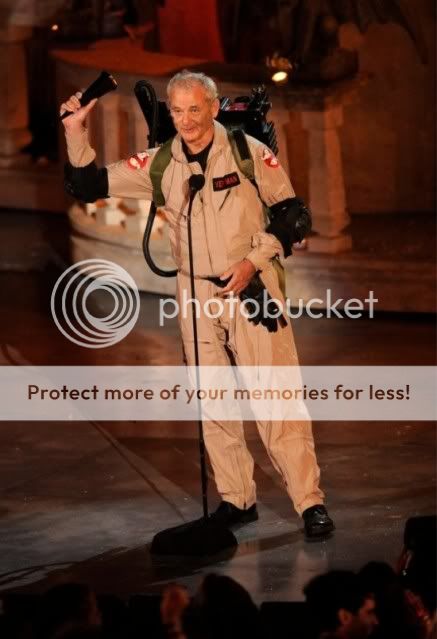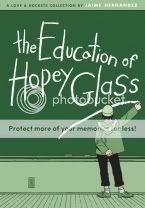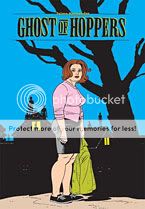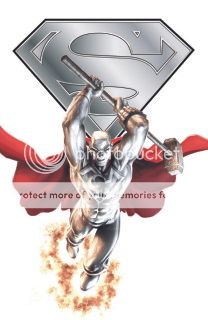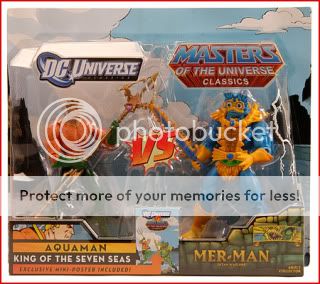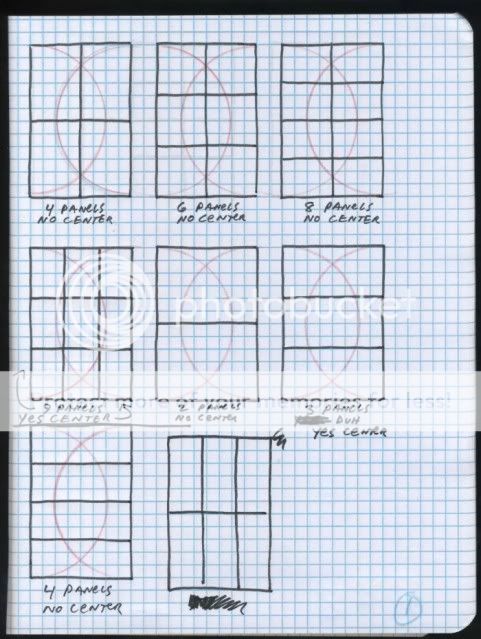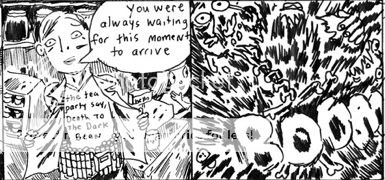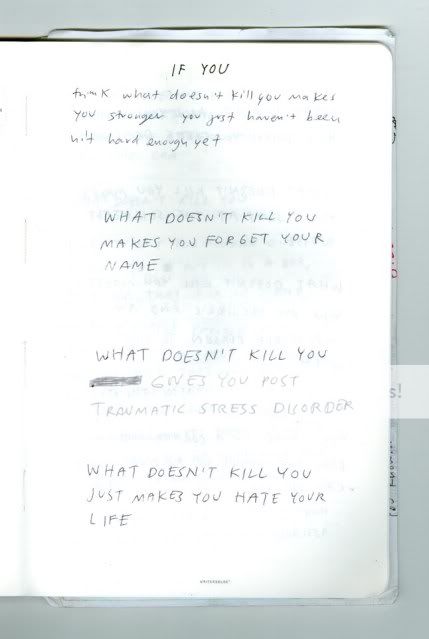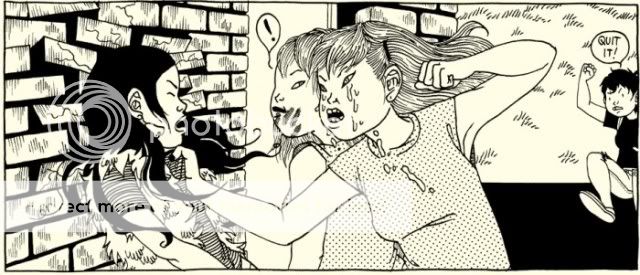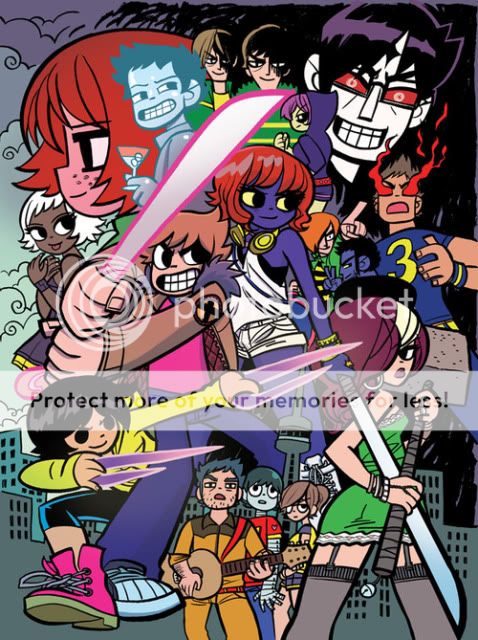
The Girl from H.O.P.P.E.R.S.
(Love and Rockets Library: Locas, Book Two)
Jaime Hernandez, writer/artist
Fantagraphics, 2007
272 pages
$14.95
Buy it from Fantagraphics
Buy it from Amazon.com
Do you ever stop to think that David Lynch’s work doesn’t make sense? No, not in that way–I don’t mean in terms of story logic, I mean in terms of his aesthetic/generic approach. In that case, your answer is probably “No, I haven’t.” But seriously: Pre-Beatles rock and roll nostalgia, soap-operatic melodrama, supernatural beings, naked ladies, small towns, Los Angeles, non-linear narratives, hideous violence, Angelo Badalamenti…there’s really no reason why all of that should get lumped together, or why all of it should work together, but somehow it does and so you almost never pay attention to what a hodgepodge it is. Something about what Lynch does, the confidence with which he does it, makes it feel seamless, like “of course” rather than “what the?”.
Looking at the cover for The Girl from H.O.P.P.E.R.S., I realized the same is true of Jaime Hernandez’s comics. There isn’t any particular reason for a sprawling slice-of-life saga to concern itself with punk rock, Mexican-American teenagers and twentysomethings, a pair of on-again off-again girlfriends/best friends, barrio life, and professional women wrestlers, with a soupcon of comic-book sci-fi thrown in now and then–no reason beyond that’s what Jaime was interested in making comics about. But you read a story about Hopey ditching Maggie to tour with the shitty punk band she’s in with her ex-girlfriend, and Maggie getting over that and the murder of the dude she’d been into for years/her Goth friend’s cholo kid brother by becoming the sidekick for her aunt/the women’s heavyweight champion, without batting an eyelash. That’s what a Jaime comic is, the same as a David Lynch movie is doppelgangers, broad comedy, hot sex scenes, early ’60s pop classics, a cameo by some impossibly cool rock star, and someone getting their brains blown out. He created his own kind of story.
So that’s thing #1 that struck me about this collection, wherein the sci-fi stuff is largely dropped once you get past the opening section (and is outright rejected in a cheeky self-parodying strip that ends with present-day Maggie tossing aside a “Maggie the Mechanic” comic book with a “yeah, right”) and wherein the Locas material goes from being a really good comic to a really great comic. Thing #2 is that Tom Spurgeon is right to list “memory” as one of Jaime’s hallmarks, above and beyond “spotting blacks” or “portraying rock and roll in a way that actually captures what’s awesome about it” or “drawing cute girls in bathing suits.” I think it’s the introduction of extensive flashbacks that makes this material so strong, so fascinating, and so epic in scope. For starters, it’s fantastic in a fannish way to learn the “origin stories” of Maggie & Hopey (“The Secrets of Life and Death Vol. 5,” “The Return of Ray D.”), Hopey & Terry (“Tear It Up, Terry Downe”), and Izzy (“Flies on the Ceiling”). A student of superhero comics like Jaime was obviously gonna cotton to the appeal of that sort of thing.
And of course, flashbacks serve to flesh out Jaime’s ever-expanding cast of characters. In that interview I ran the other day, Jaime mentions how he’d pick out characters he’d drawn in the background and use them whenever one of his main characters needed a new boyfriend, say–fleshing out the Locas world with stuff that’s already present. Flashbacks do the same on a narrative level: You don’t need some big character-revealing adventure with new character Doyle, say, with all the implications that might have for where you want to push the present-day story of everyone he interacts with, when instead you can rewind a few years to “Spring 1982” to see what he was like then. The contrast that arises between the genial slacker we met earlier in the volume, with his tousled hair, stubbly chin, drooping cigarette and shit-eating grin, and the scowling ex-con and ex-addict so scared of his potential to do wrong that he literally flees town we see in this flashback story says more than enough about the potential for characters in the Locas-verse to grow and change.
But from a formal perspective, this is where Jaime really starts playing with gaps on comics’ atomic level, that of panel to panel transitions. There’s this one great, totally unnecessary bit where Maggie’s fearsome aunt Vicki’s wrestler boyfriend comes to Maggie to divulge that Vicki really does care about how Maggie feels about her, but rather than stick that in a word balloon or three, Jaime jumps from a panel on the left in which the guy says “Wait, kid. Listen to me a second…” to a panel on the right where Maggie, already storming away, says “She said that, huh? So what am I supposed to do, feel sorry for her when she breaks my arm?” You’re not jumping from place to place or era to era here, you’re not doing anything that might occasion a jump cut in a more traditionally executed comic–you’re just skipping a non-essential part of a conversation, without missing a beat. Time is porous in Jaime’s hands, prone to dropping out from under you or skipping back and forth within a single page, let alone from story to story. The rise to prominence of flashback stories reflects that on an “as above, so below” level.
Most importantly, though, I think, is that this collection is where death becomes a presence and a factor in the characters’ lives. Not the impersonal, absurdist, satirical deaths caused by the depredations of Maggie the Mechanics mad sci-fi robber barons (and wasn’t it funny that the science fiction adventures Maggie had were the opposite of escapist–she was constantly hoping to escape from them?), but the death of family members and friends and babies, murder and the threat of murder, criminality and insanity. It’s the volume where you learn how Speedy, really without even thinking about it, has hurt too many people over the years too badly for them to stay close to him when he needs them the most; how Izzy is so haunted by guilt that, regardless of how literally you want to take what we’re shown here, it’s become a relentless, inescapable presence in her life, quite literally destroying her personality. Awareness of death, of our mortality, is part of what makes us distinctively human; I think the ability to remember is just as integral to us. Certainly that’s the argument Jaime makes when he ends “The Death of Speedy Ortiz” with a one-page flashback to a wedding reception of no particular importance. Memory is how we fill in the gaps death leaves behind.


